“Irrational Computing” has interlinked a series of untreated crystals and minerals to create a primitive signal processor.
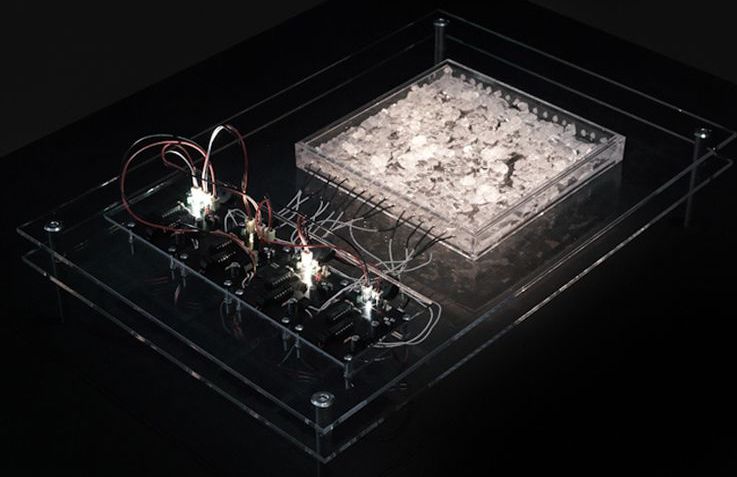

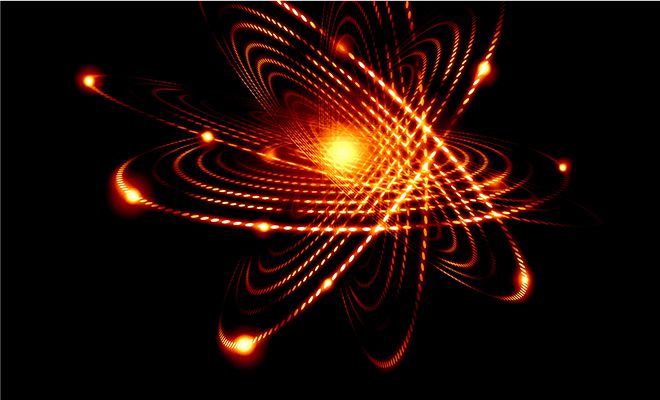
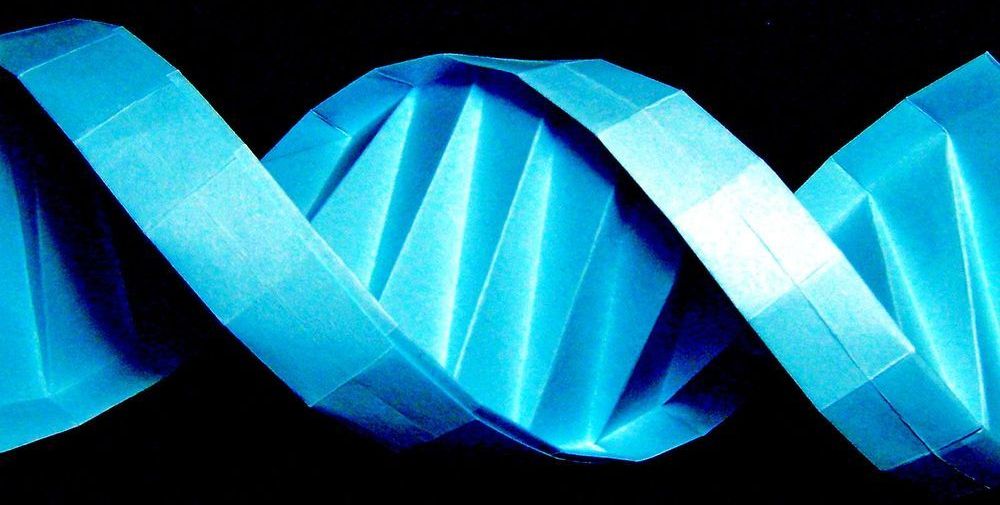
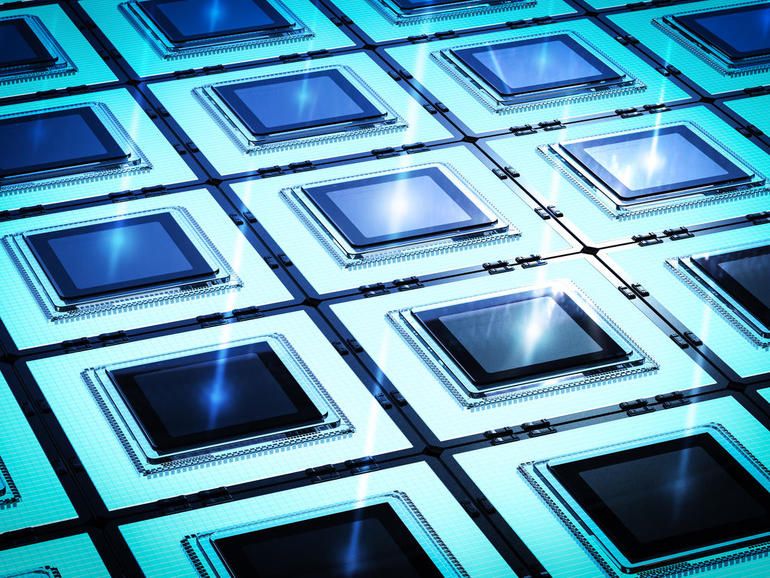


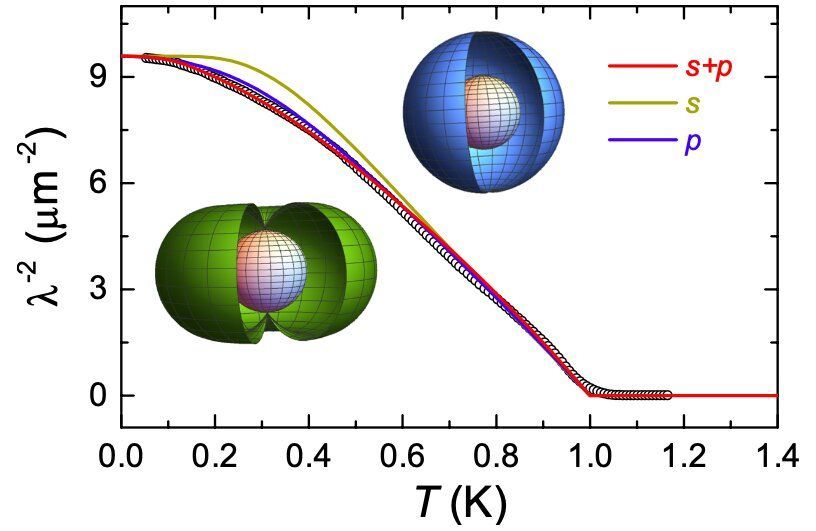
In the vast majority of superconducting materials, Cooper pairs have what is known as even parity, which essentially means that their wave function does not change when electrons swap spatial coordinates. Conversely, some unconventional superconductors have been found to contain odd-parity Cooper pairs. This quality makes these unconventional materials particularly promising for quantum computing applications.
Past studies have predicted that noncentrosymmetric superconductors, which have a crystal structure with no center of inversion, could exhibit unique and unusual properties. In recent years, noncentrosymmetric superconductors have become a popular topic of research due to the structure of the Cooper pairs contained within them, which have a mixture of odd and even parity.
CaPtAs is a new noncentrosymmetric superconductor discovered by researchers at Zhejiang University. Together with scientists at the Paul Scherrer Institut and other institutes worldwide, these researchers have recently carried out a study investigating unconventional superconductivity in this compound. Their paper, published in Physical Review Letters, offers evidence that in its superconducting state, CaPtAs simultaneously exhibits both nodal superconductivity and broken time-reversal symmetry (TRS).
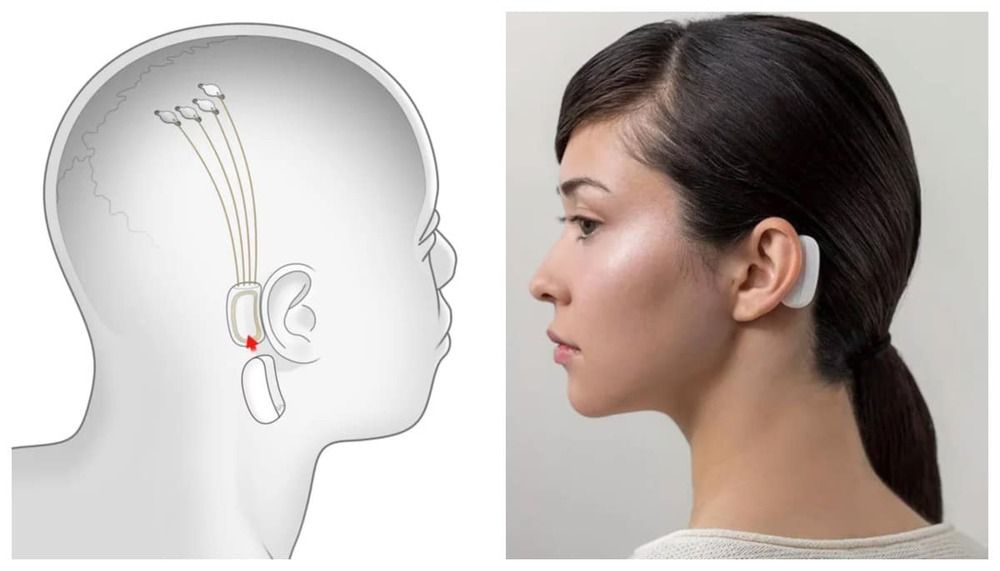
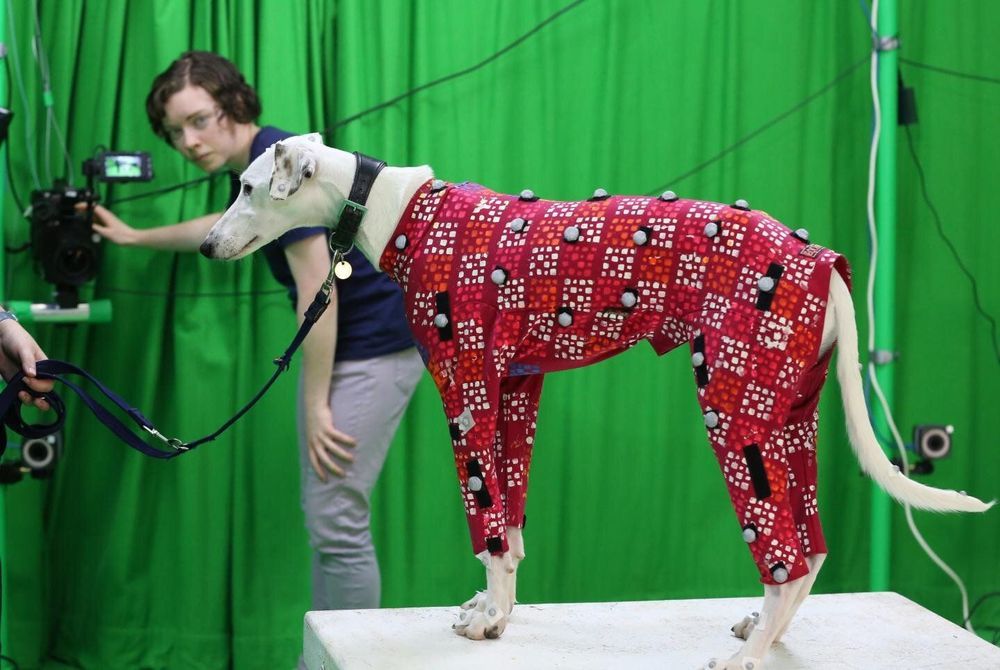
Researchers from the University of Bath have developed motion capture technology that enables you to digitize your dog without a motion capture suit and using only one camera.
The software could be used for a wide range of purposes, from helping vets diagnose lameness and monitoring recovery of their canine patients, to entertainment applications such as making it easier to put digital representations of dogs into movies and video games.
Motion capture technology is widely used in the entertainment industry, where actors wear a suit dotted with white markers which are then precisely tracked in 3D space by multiple cameras taking images from different angles. Movement data can then be transferred onto a digital character for use in films or computer games.
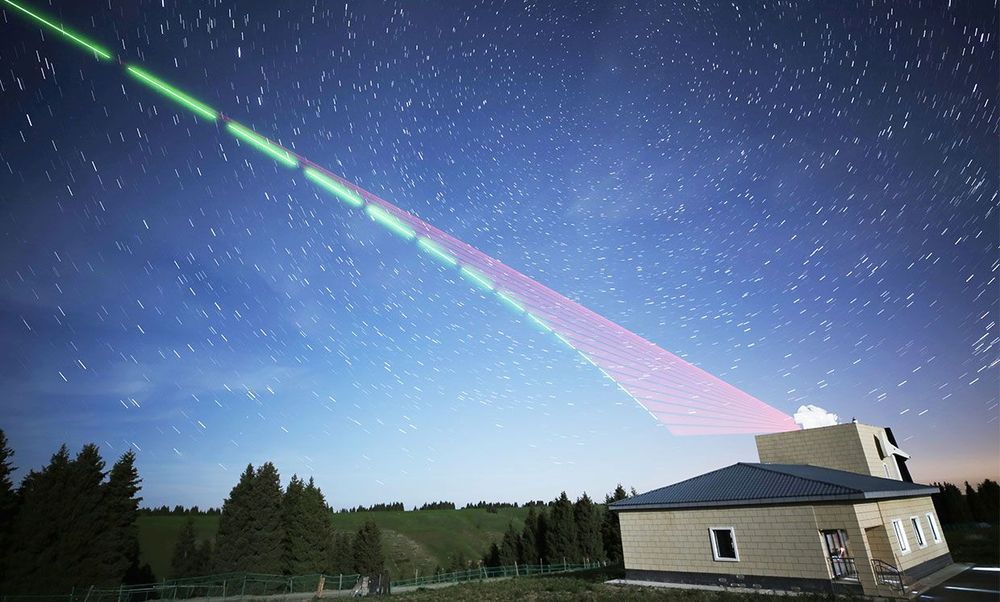
Now, the same researchers have achieved their goal of entanglement-based quantum cryptography using the Micius satellite. The scientists, who detailed their findings online in the 15 June edition of the journal Nature, say they again connected two observatories separated by 1,120 kilometers. But this time, the collection efficiency of the links was improved by up to four-fold, which resulted in data rates of about 0.12 bits per second.
A space-based, virtually unhackable quantum Internet may be one step closer to reality due to satellite experiments that linked ground stations more than 1,000 kilometers apart, a new study finds.
Quantum physics makes a strange effect known as entanglement possible. Essentially, two or more particles such as photons that get linked or “entangled” can influence each other simultaneously no matter how far apart they are.
Entanglement is an essential factor in the operations of quantum computers, the networks that would connect them, and the most sophisticated kinds of quantum cryptography, a theoretically unhackable means of securing information exchange.